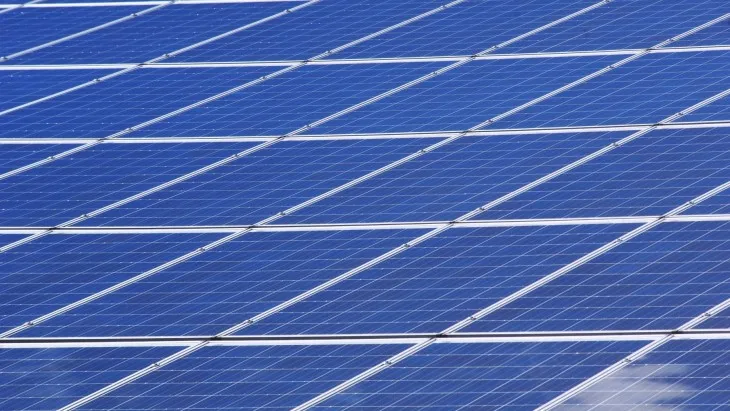
India is set to be the 2nd largest solar PV manufacturing market
The module manufacturing capacity more than doubled to 38GW in March 2023.
India is expected to become the second-largest solar photovoltaics globally next to China as 110 gigawatts (GW) of module manufacturing capacity is seen to come online in the next three years, making the country self-sufficient.
In a report, the Institute for Energy Economics and Financial Analysis and JMK Research & Analytics found that India’s total module manufacturing nameplate capacity rose over two-fold to 38GW in March 2023 from 18GW in the same period last year.
“The future of the Indian PV manufacturing sector is bright. The favourable policy environment created by the Indian government is helping the PV manufacturing industry to grow rapidly, which is evident in the frequent announcements of expansions or new investments in the sector,” said co-author Vibhuti Garg, Director, South Asia, IEEFA.
READ MORE: India’s renewable equipment manufacturing to face headwinds
“After India attains self-sufficiency in two to three years, the next course of action should be to challenge and compete for dominance in both quality and scale in the global PV module market. Despite the aggressive market drivers, there are minor hurdles that are impeding the growth of the PV manufacturing industry. Therefore, policy stability is necessary to sustain investor confidence in the market,” she added.
JMK Research Founder and co-author Jyoti Gulia said the production-linked incentive (PLI) scheme is one of the main drivers in boosting the PV manufacturing ecosystem in the country.
The report added that a 51.6GW increase in module capacity is expected as a result of both tranches of the PLI scheme, as well as at least 27.4GW growth of integrated “polysilicon-to-module” capacity in the next three to four years.


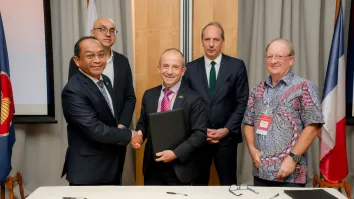

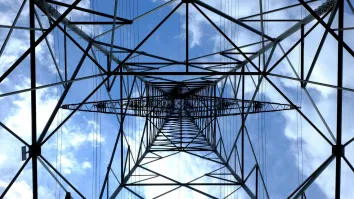

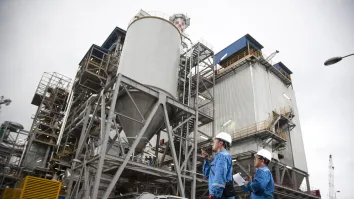
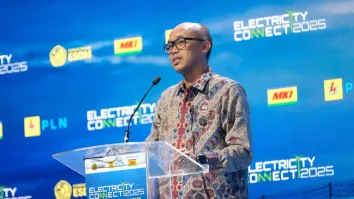






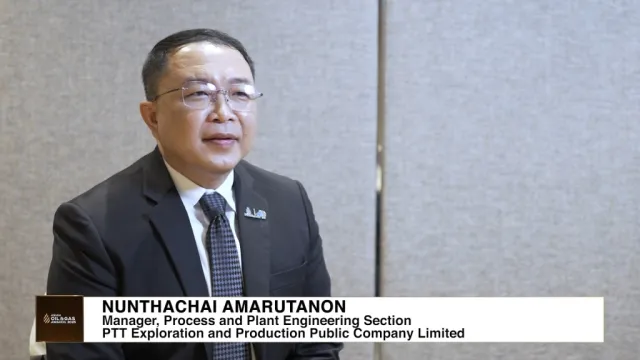


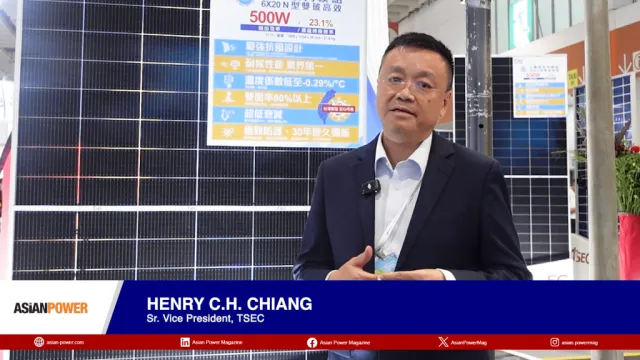

 Advertise
Advertise







